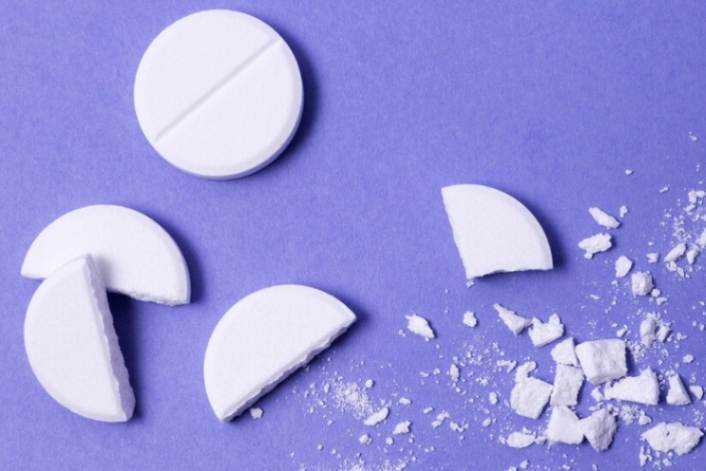Foods that are high in nutrients are also low in sugar, carbohydrates, salt, and unhealthy fats. They are low in calories and high in vitamins and minerals. Micronutrients, such as minerals and vitamins, are necessary for your health. They provide your body with what it needs to stay healthy. They can lower your risk of developing chronic illnesses. Your body can absorb them adequately if you consume them through meals. Pick a diet high in nutrient-dense foods. To obtain various vitamins and minerals, you should eat various meals. Nutrient dense foods are foods with Fruits and vegetables that are among the naturally very high in nutrients. Here is a list of foods that are nutrient-dense.
Also Read: Top 9 Vitamin D Rich Foods in India For Immunity, Nutrition and Bone Health
What Are Nutrient-Dense Foods?
Nutrient-dense foods are rich in vitamins and minerals that have significant nutritive value. It does not have too much saturated food and added sugar. The basic definition of a nutrient-dense food packet of nutrients is that you get the calories. The whole grain has some number of calories but more protein and has 3x of magnesium.
What Are The Most Nutrient Dense Foods?
The nutrient dense foods are not necessarily high in calories. Therefore, it is important to choose the precise foods. There are many foods that helps to reduce the health problem and make your body healthy.
1. Chickpeas
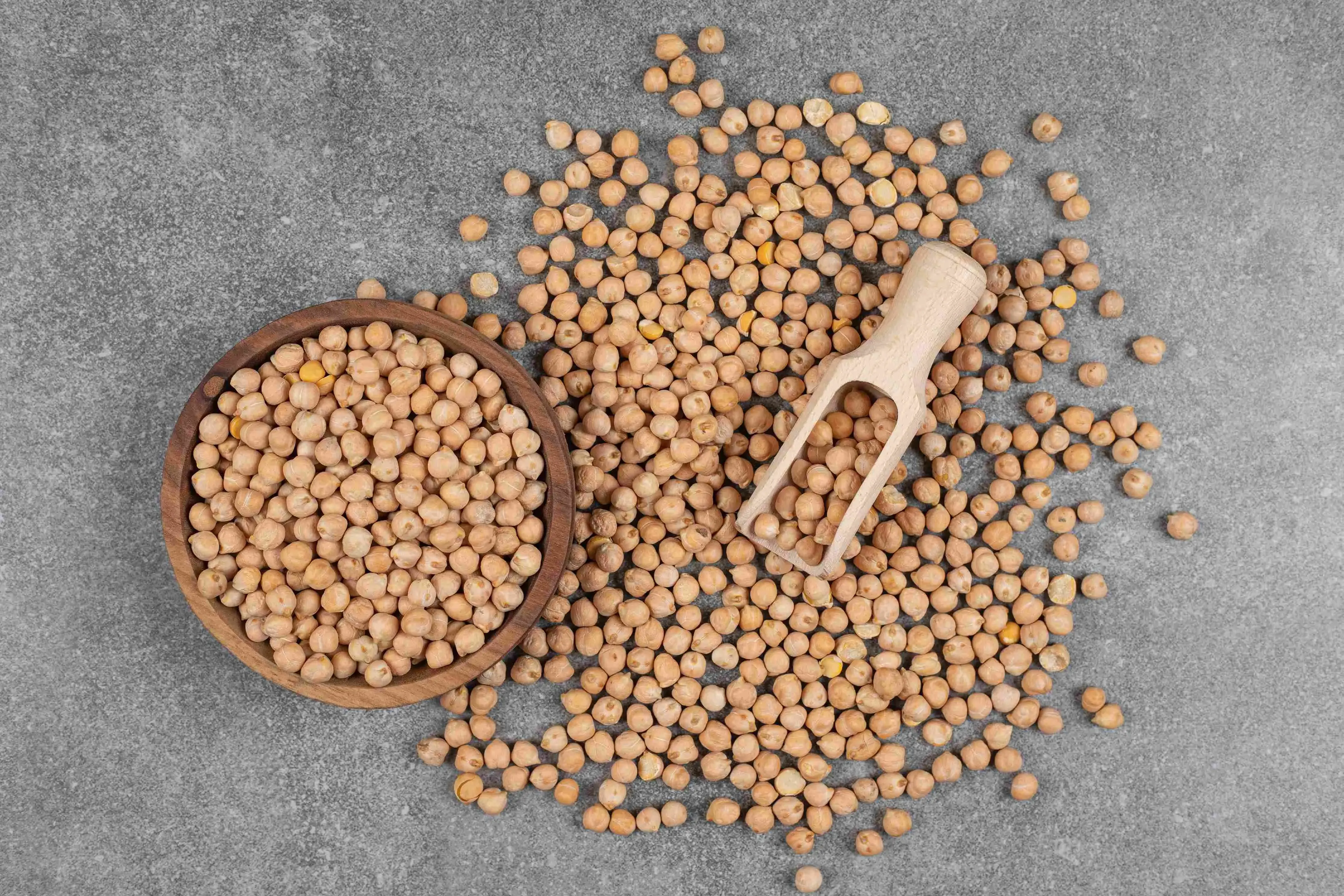
Your nutritional intake can be increased, and your health can be preserved by including more chickpeas in your diet. People who consume chickpeas or hummus have diets that contain more fiber, vitamins A, E, C, folate, magnesium, potassium, and iron than people who do not. People who consume chickpeas are also less likely to be obese, presumably because they provide a satisfying protein and fiber combination that may lessen the probability of overeating. 15 grams of protein and 13 grams of fiber are present in one cup. Chickpeas may be used in both savory and sweet dishes and are highly adaptable. They become crispy like nuts when roasted, making them a satisfying snack or a crunchy addition to salads and soups.
Also Read: 11 Superfoods High in Vitamin K2
2. Flax seeds
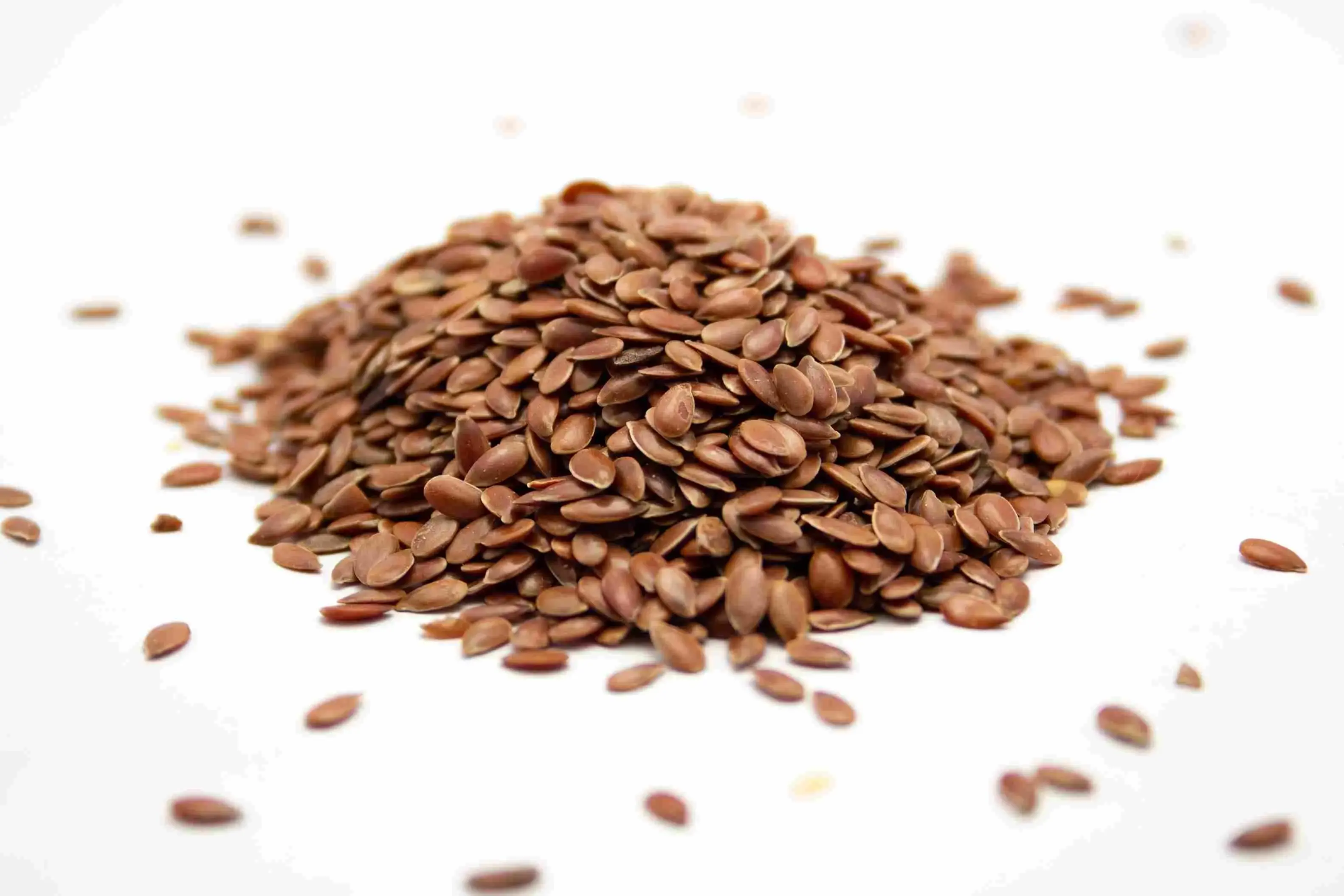
Flax seeds are an excellent vegetarian omega-3 fatty acid ALA source, widely available throughout India. They are also a good source of protein and nutritional fiber. Flax seeds' iron content and our body's capacity to digest and utilize their protein are enhanced by roasting them to lessen their antinutrient content. The omega-3 fat ALA content of the seeds is also enhanced by roasting. Roasting also lengthens the product's shelf life. For up to 10 months, coarsely crushed flax seeds can be kept at room temperature without risk of spoilage or loss of omega-3 content.
Also Read: 13 Foods That Fight Nausea During Pregnancy
3. Greek yogurt

Plain Greek yogurt is a cost-effective and easy way to get one of the three necessary servings of dairy necessary each day. The fact that more than 80% of Americans don't consume enough dairy products may be the reason why calcium and potassium, two nutrients that are frequently deficient in the population. The dairy void can be filled with plain Greek yogurt. Along with 25 grams of protein, one cup contains 270 milligrams of calcium, 345 milligrams of potassium, and 27 milligrams of magnesium. Greek yogurt is a delectable soup topping and a fantastic fruit and vegetable dip.
Also Read: 18 Best Foods For a Hangover
4. Spinach

The majority of Indians, particularly women, children, and adolescents, are folate (vitamin B9) deficient. Especially in India, spinach has a high folate content. A study discovered that the spinach grown in India had the greatest folate level of all the varieties of spinach consumed worldwide. Additionally, it is typically a very nutrient-dense vegetable. In addition to high folate levels, spinach contains significant amounts of beta carotene, vitamin C, and vitamin K1. Several antioxidants are also present in it, including lutein, kaempferol, quercetin, and zeaxanthin.
Also Read: Low Potassium Foods: What to Eat and What to Avoid?
5. Eggs
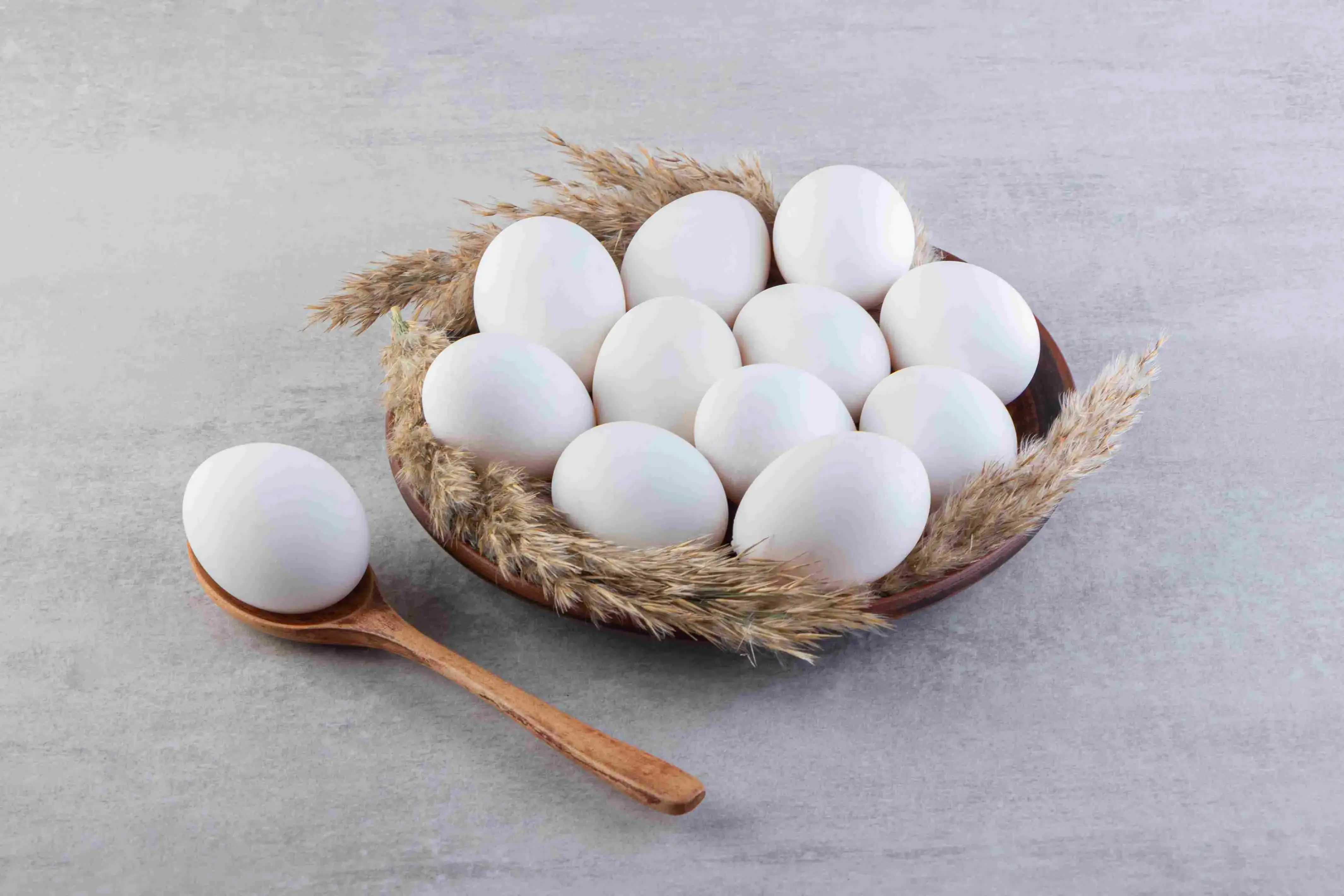
Few foods are as affordable and filling as an egg carton. In addition to 6 grams of protein, a big egg contains choline, vitamin A, vitamin D, selenium, zinc, iodine, folate, and other B vitamins. Although eating the yolk has generated controversy, most healthy people can comfortably consume up to seven eggs each week. The yolk contains the majority of the nutrients. Eggs are nutrient-dense and healthful, but they also go well with other foods high in nutrients, such as vegetables and whole grains. Additionally, eggs are beneficial for avoiding hangovers because they can aid the liver in getting rid of damaging free radicals after consuming alcohol.
Also Read: 11 Foods To Beat Calcium Deficiency
6. Soyabean
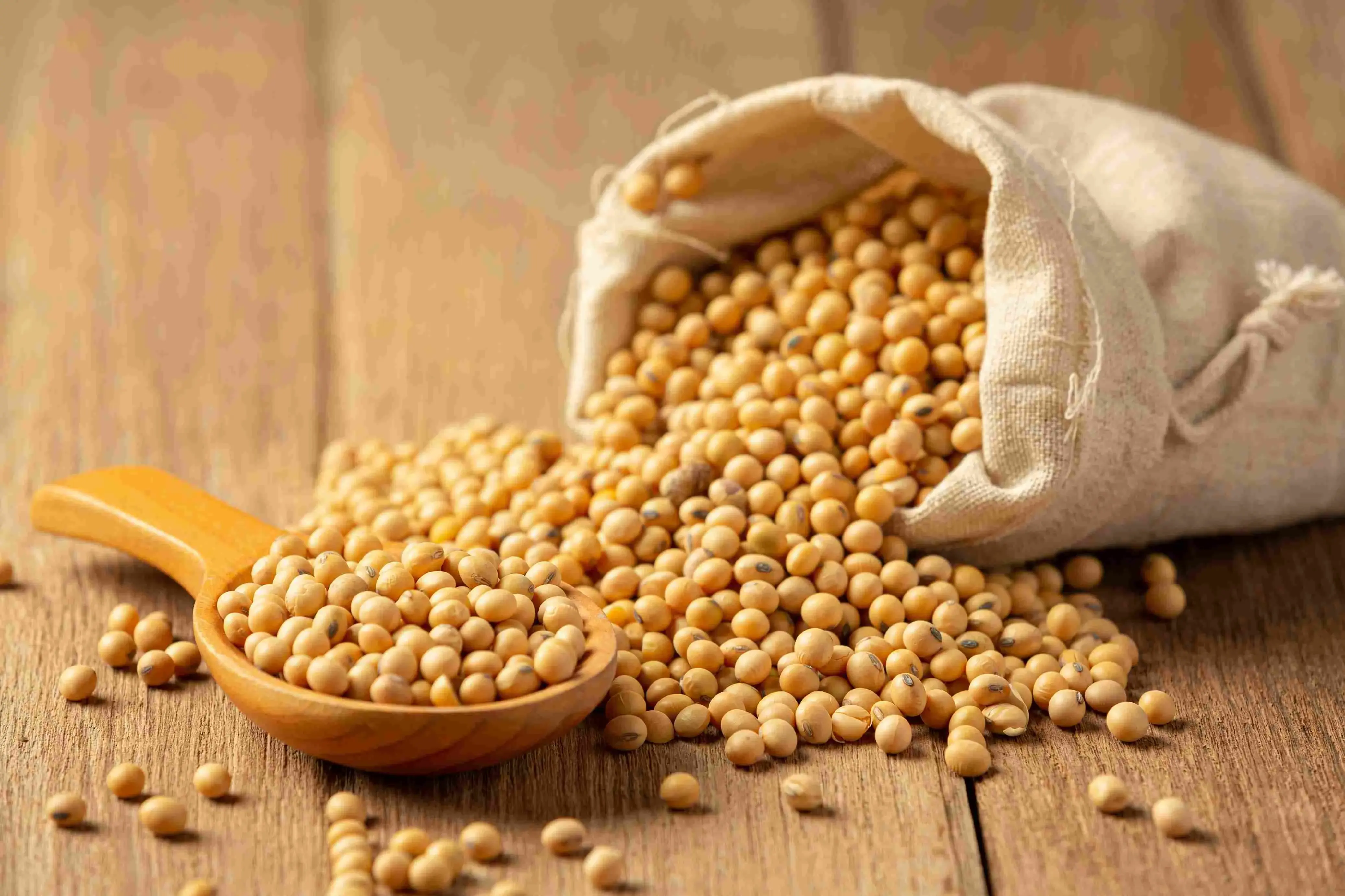
Indian vegetarian diets are poor in protein, with 84% having insufficient protein, according to the Indian Dietetic Association. For vegetarians, vegans, or flexitarians, soybeans provide a highly rich source of plant-based protein. Soy protein is one of the greatest sources because it is high in protein quality and quantity. The soy protein isolate (purified soy protein) has a PDCAA score of 1.00, the same as the protein score of eggs and milk. In addition to protein, soybeans also include fiber, iron, calcium, magnesium, and isoflavones, a class of antioxidants. As a plant, soybeans contain antinutrients that prevent our bodies from absorbing nutrition. Its best preparation techniques include soaking, sprouting, fermenting, and cooking, all of which aid in lowering these antinutrient levels.
Also Read: 25 Heart-Healthy Foods For Excellent Cardiovascular Health
7. Oats

Dry oats without added sugar are an inexpensive way to obtain a variety of vitamins and minerals, including selenium, iron, magnesium, zinc, and B vitamins. Additionally, they have a high fiber content and 5 grams of plant-based protein. Beta-glucan, a form of fiber that predominates in oats, aids in the promotion of a balanced and diversified microbiome and offers protection against other illnesses. Oats also contain polyphenol antioxidants, which protect cells from free radical damage and can worsen diseases like heart disease and stroke. Oats are a common ingredient in breakfast items, but you can use them instead of breadcrumbs in dishes like meatballs. Oats are a fantastic option for energy bits and may be ground into whole grain flour for healthy baked items.
Also Read: 10 Foods That Can Help You Grow Taller Naturally
8. Mangoes
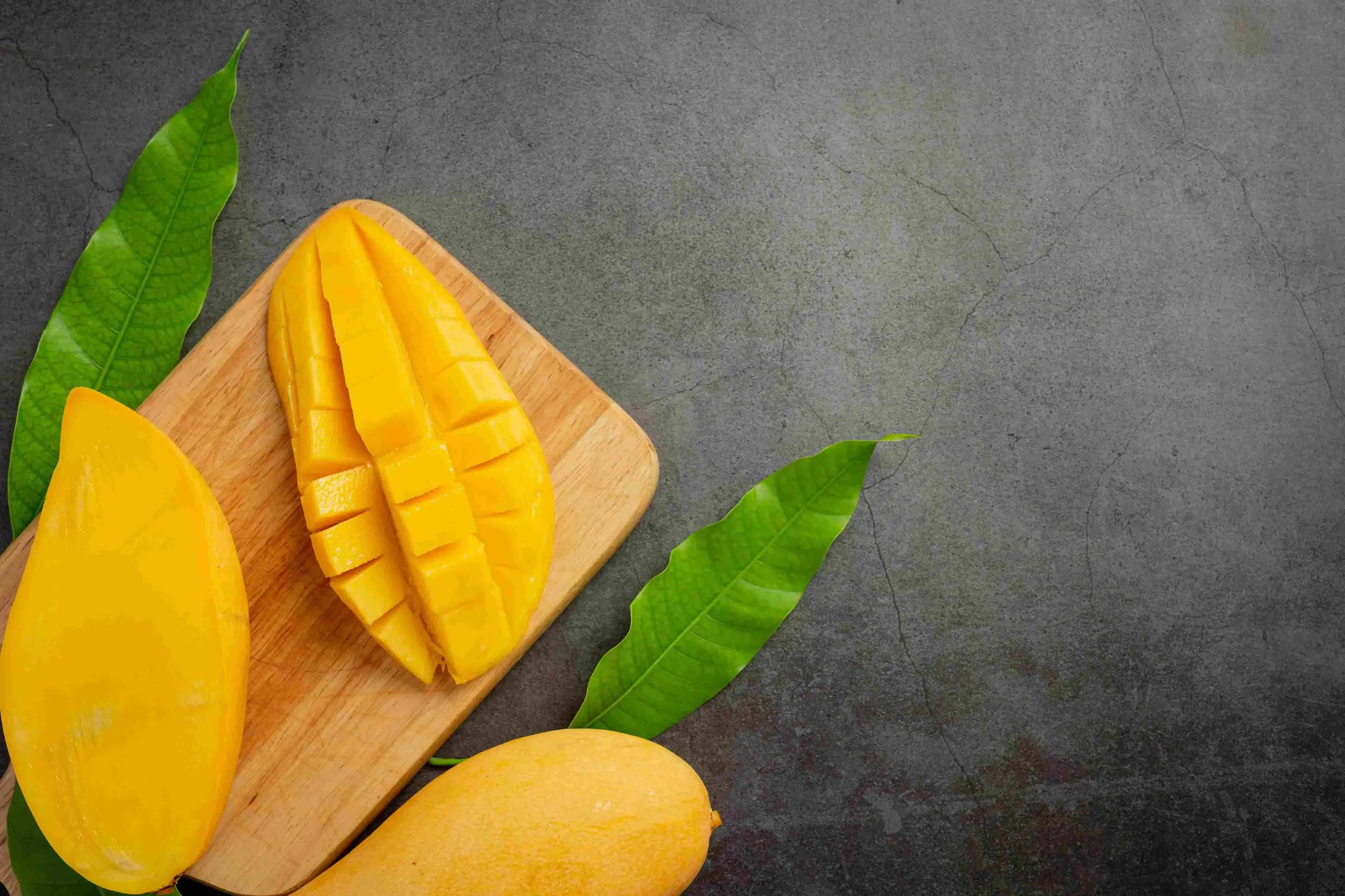
Mangoes, known as the "king of fruits," deliver their renowned delicacy and an amazing nutritional profile. Studies connect the minerals in mangos with health advantages like improved immunity, digestion, and vision. Folate, or vitamin B9, is particularly abundant in mango. Surprisingly, the smallest fruit has the largest folate content. Beta carotene, vitamin C, and other antioxidants like mangiferin are additional nutrients in mangoes. The best way to consume mango and keep its nutrients is to eat it raw without subjecting it to any preparation (such as canning, cooking, or leaching).
Also Read: 15 Magnesium - Rich Foods to Boost Your Health
9. Almonds

In terms of nutrition, almonds are well-known. They lack cholesterol, are gluten-free, fantastic sources of fiber, and monounsaturated fats (which are heart-healthy), and have phytonutrients, like many other plant-based foods. Almonds are a good source of fiber, protein, and micronutrients like folates, vitamin E, calcium, magnesium, and manganese, essential for bodily processes like metabolism. Almond eating daily may help improve heart health, lower cholesterol levels, and minimize the chance of developing diabetes, according to research-based guidelines. A diet that includes almonds has been demonstrated to lower LDL cholesterol and maintain HDL cholesterol levels.
Also Read: 4 Foods to Avoid if Alkaline Phosphatase is High.
Difference Between Energy Density vs Nutrient Density
Energy density is the number of calories present in 100g of food. It also depends on the amount of water, carbohydrate, protein, and alcohol. It is basically dry and high in fats. On the other hand, less-density food contains more water and fiber.
Nutrient Density measures the amount of nutrients per calorie. These foods promote high nutritive value for improving health. It has low saturated fats, added sugar, and sodium.
What Are The Benefits Of Eating Nutrient-Dense Foods?
Nutrient-dense foods lower the risk of disease are given in the following.
- Obesity
- Diabetes
- Hypertension
- Heart disease
- Osteoporosis
- Joint Pain
- Anemia
Conclusion
The above-mentioned foods are the answer to what are the most nutrient dense foods? The perimeter of the supermarket is where you'll find the most nutrient-dense items. You should eat a certain amount of nutrient-rich meals depending on how many calories you need daily. This brings to a close our list of the healthiest foods to include in your meals, albeit it falls short of capturing the overwhelming variety of produce available around the globe. Eating foods that are nutrient-dense, like vegetables, fruits, and lean proteins, can help keep your body healthy and strong.
Are you looking for guidance, you can visit the best internal medicine specialist in Chennai.
Frequently Asked Questions
What happens after consuming nutrient-dense food?
Your body is nourished and kept healthy when you eat foods high in nutrients.
What do nutrient-dense foods have?
Foods that are high in nutrients are also very less in sugar, salt, carbohydrates, and unhealthy fats. They are low in calories and high in vitamins and minerals.
What are the six essential nutrients?
Our bodies require six proper nutrients: water, vitamins, minerals, fats, proteins, and carbohydrates.
What are the two types of nutrients?
Both macronutrients and micronutrients are subsets of these nutrients.
Which nutrients are macronutrients?
Macronutrients include fat, protein, and carbohydrates. Our bodies need large levels of macronutrients, and they also provide us with energy.

Reviewed by


